Post-Quantum is a slow-burning, brilliant oddity of a startup. We assess its prospects.
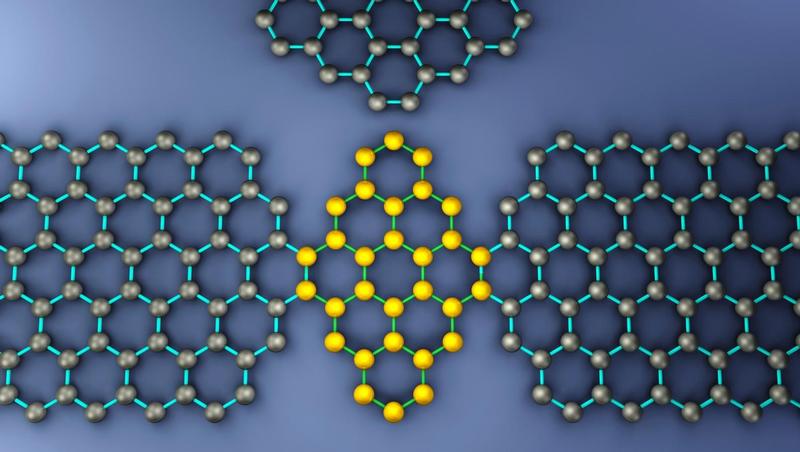

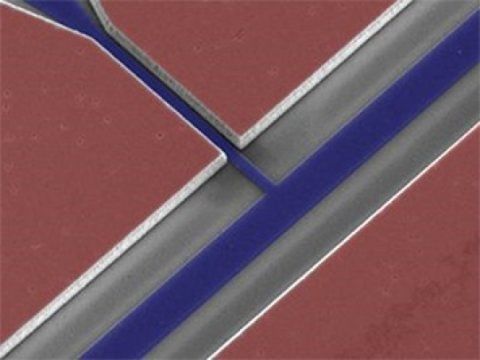
If biochemists had access to a quantum computer, they could perfectly simulate the properties of new molecules to develop drugs in ways that would take today’s fastest computers decades. A new device takes us closer to providing such a computer. The device successfully traps, detects, and manipulates an ensemble of electrons above the surface of superfluid helium. The system integrates a nanofluidic channel with a superconducting circuit.
Because they are so small, electrons normally interact weakly with electrical signals. The new device, however, gives the electron more time to interact, and it is this setup that makes it possible to build a qubit, the quantum computing equivalent of a bit. Quantum computers could provide the necessary computing power to model extremely large and complex situations in physics, biology, weather systems and many others.
While isolated electrons in a vacuum can store quantum information nearly perfectly, in real materials, the movements of surrounding atoms disturbs them, eventually leading to the loss of information. This work is a step towards realizing isolated, trapped single electrons by taking advantage of the unique relationship existing between electrons and superfluid helium. Electrons will levitate just above the surface of helium, about 10 nanometers away, insensitive to the atomic fluctuations below. While this effect has been known, holding them in a superconducting device structure has not been demonstrated before this work. At the heart of this new technology is a resonator based on circuit quantum electrodynamics (cQED) architecture, which provides a path to trap electrons above helium and detect the spins of the electrons. Because they are so small, electrons normally interact only very weakly with electrical signals.

Very true POV.
Dry cell biologists, who bridge computer science and cell biology, should have a pivotal role in driving effective team science, says Assaf Zaritsky2.

Physicists assert that they have observed quantum spin liquid state again; however, this time, they have done so in a material where it was thought to be impossible. If verified, it could transform how we understand quantum computing.
Back in April, the physics world freaked out when scientists confirmed that they’d made the first direct observation of a brand-new state of matter – known as quantum spin liquid – for the first time.
But now a team of physicists has just announced that they’ve observed quantum spin liquid state again… and this time in a material where it should be impossible.
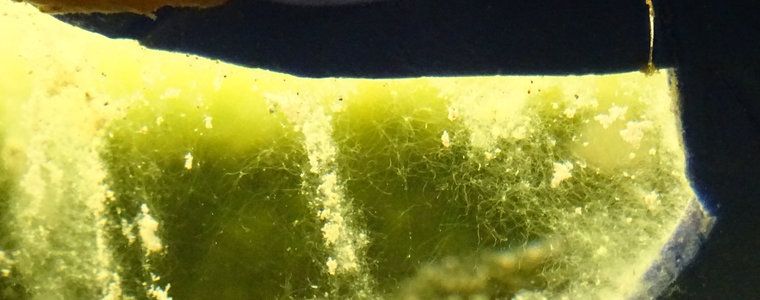
Smart bricks capable of recycling wastewater and generating electricity from sunlight are being developed by a team of scientists from the University of the West of England (UWE Bristol). The bricks will be able to fit together and create ‘bioreactor walls’ which could then be incorporated in housing, public building and office spaces.
The UWE Bristol team is working on the smart technologies that will be integrated into the bricks in this pan European ‘Living Architecture’ (LIAR) project led by Newcastle University. The LIAR project brings together living architecture, computing and engineering to find a new way to tackle global sustainability issues.
The smart living bricks will be made from bio-reactors filled with microbial cells and algae. Designed to self-adapt to changing environmental conditions the smart bricks will monitor and modify air in the building and recognise occupants.

A smartphone with direct cloud integration to enable the automatic switch over to cloud when space on the phone runs out.
Cloud computing is the future and unleasing its power on your smartphone is the next big thing. San Francisco-based device maker Nextbit has made a quick switch with its flagship “Cloud first” Android device Robin in India. IANS | Jul 29, 2016, 09.01 AM IST

Plastic packaging may seem impenetrable, and often nearly impossible to remove, but water molecules can still pass through. This permeability to moisture can reduce the lifespan of a product.
Packaging is everywhere, even for individual vegetables or fruits. Wrapping products ranging from electronics to food in plastic films protect them from bacteria, dust, and to some extent water.
According to Praveen C. Ramamurthy, the lifespan of a moisture-sensitive organic light-emitting diode can be maximized for more than a year if the packaging has the ability to restrict water vapor from penetrating at a rate less than 10-6 grams per square meter every day. Modern day packaging is not capable of accomplishing that goal, however Ramamurthy and colleagues wanted to find out if combining graphene to flexible polymer was sufficient.
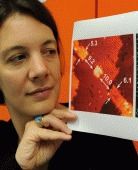
Professor Michelle Simmons of the Univ. of Sydney is an early pioneer of QC and will go down in history as the 1st Mother of Quantum Computing and a person that all (women and men) can look up to and be a true role model for many in tech and science. I hope to continue to make young girls and women everywhere to learn about her and hopefully they (like me) will consider her a role model to follow.
Fields of research: Quantum Physics, Condensed Matter Physics Campus: Kensington Tags: Expanding Knowledge in the Information and Computing Sciences, Expanding Knowledge in the Physical Sciences.
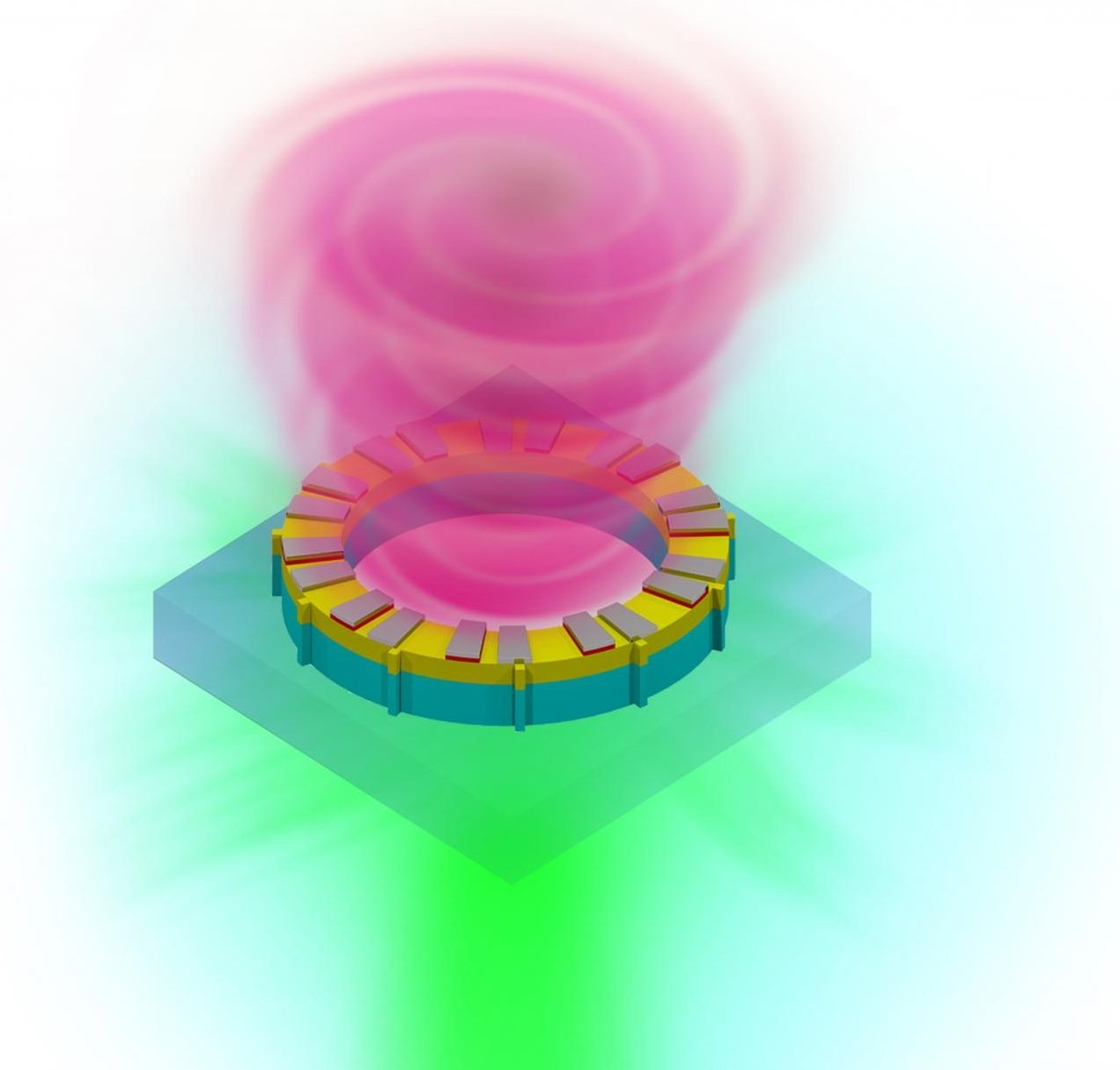
Like a whirlpool, a new light-based communication tool carries data in a swift, circular motion.
Described in a study published today (July 28, 2016) by the journal Science, the optics advancement could become a central component of next generation computers designed to handle society’s growing demand for information sharing.
It may also be a salve to those fretting over the predicted end of Moore’s Law, the idea that researchers will find new ways to continue making computers smaller, faster and cheaper.

Big Data and Obama’s Brain Initiative — As we harness mass volumes of information and the current tech explosion around information; we will seeing an accelerated growing need/ urgency for more advance AI, QC, and new brain-mind interface intelligence to assist others when working with both super-intelligence AI and the mass volumes of information.
Engineers are experimenting with chip design to boost computer performance. In the above layout of a chip developed at Columbia, analog and digital circuits are combined in a novel architecture to solve differential equations with extreme speed and energy efficiency. Image: Simha Sethumadhavan, Mingoo Seok and Yannis Tsividis/Columbia Engineering.
In the big data era, the modern computer is showing signs of age. The sheer number of observations now streaming from land, sea, air and space has outpaced the ability of most computers to process it. As the United States races to develop an “exascale” machine up to the task, a group of engineers and scientists at Columbia have teamed up to pursue solutions of their own.
The Data Science Institute’s newest working group— Frontiers in Computing Systems —will try to address some of the bottlenecks facing scientists working with massive data sets at Columbia and beyond. From astronomy and neuroscience, to civil engineering and genomics, major obstacles stand in the way of processing, analyzing and storing all this data.